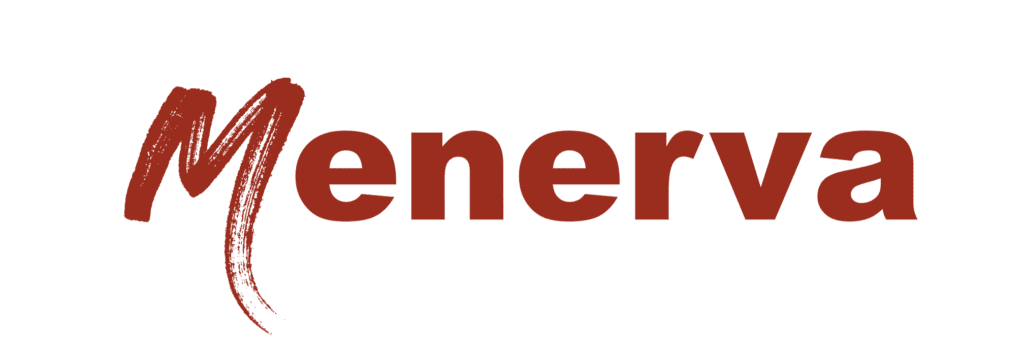Hey there, digital marketers and SEO enthusiasts! Today, we’re diving into a crucial yet often overlooked element of SEO—image alt text. While images are powerful tools for engagement, their SEO potential through alt text is frequently underestimated. Let’s unpack how to leverage this feature to boost your website’s visibility and accessibility.
What is Alt Text?
Alt text (alternative text), also known as “alt attributes” or “alt descriptions,” provides a textual alternative to images on a web page. This is awesome for visually impaired users who rely on screen readers. But it’s not just for accessibility; alt text is also critical to SEO by helping search engines understand the context of an image.
Why Alt Text Matters: Enhancing Accessibility, UX, and Traffic
Alt text isn’t just an SEO tick box; it’s a vital component that enhances your website’s accessibility and user experience (UX) and can significantly drive image search traffic. Here’s why it’s crucial:
- By providing descriptions of images, alt text helps visually impaired users understand visual content through screen readers. Ensuring all users can access your website not only broadens your audience but also complies with web standards and legal requirements for digital accessibility.
- Improved User Experience. Alt text contributes to a better user experience by displaying descriptive text when images fail to load. This text can be crucial for users with slow internet connections or when technical issues arise. Providing context helps maintain engagement, even in less-than-ideal browsing conditions.
- Boosts Image Search Traffic. Alt text not only enhances accessibility but also plays a pivotal role in your content’s SERP performance—search engines index images based on alt text, among other factors. Well-crafted alt text can increase your visibility in image searches, bringing more users to your site. Think about how valuable this is now as visual search technologies evolve and more users rely on image searches to find content.
- Enhances Context and Clarity. For images conveying information, such as infographics or charts, alt text is essential for ensuring all users grasp the entire meaning of your content. It’s not just about accessibility but ensuring every bit of content conveys its intended message effectively.
- SEO Benefits. Beyond image search, alt text helps reinforce the semantic meaning of your pages, which helps search engines understand your content’s context and relevancy to user queries. This typically contributes to better overall SEO performance and keyword rankings.
By integrating comprehensive, clear, and contextually relevant alt text, you not only adhere to best practices but also significantly improve your website’s inclusiveness and reach. Every image fortified with proper alt text is an opportunity to enhance user engagement and contribute to your site’s SEO strategy.
How Alt Text Affects SEO: Deeper Dive
Alt text is a fundamental aspect of SEO, profoundly influencing how search engines interpret and rank your website’s images and overall content. Here’s how alt text can boost your SEO efforts:
- Image Search Optimization. Including relevant, keyword-rich alt text with your images increases the chances that they will appear in search engine results, particularly in image searches. That’s because search engines use the text as a key factor in determining the content and context of the image.
And you’re probably aware of the shift in how users conduct searches—they are becoming increasingly visual, often heading straight to image search to find what they need. That shift underscores the significance of meticulously crafted alt text, as it can dramatically enhance the visibility and relevance of images in search results, meeting users right where they look.
- Enhancing Page Relevance. Alt text helps search engines understand a page’s subject matter. Accurately describing images with terms related to the text content reinforces the page’s themes and keywords, improving its relevancy in search results.
- Improving Accessibility and UX. A favorable user experience, including accessibility, is prioritized by search engines. Search engines give precedence to websites that are accessible to all users, including those with disabilities. Alt text plays a crucial role by making images perceivable through screen readers.
- Content Indexing. As search engine bots crawl your site, they also index the alt text for images, adding another layer of information that can improve the site’s visibility. This indexing helps associate your images with specific queries, improving search performance.
- Supporting Contextual Understanding. Alt text adds a layer of description that supports a search engine’s contextual understanding of images. For example, in a blog post about renewable energy, an image with alt text like “solar panels in a field with clear blue sky” helps search engines connect the image to the relevant topic, enhancing content coherence.
By strategically using alt text, you can improve not just the accessibility of your images but also their performance in search engines, contributing to both enhanced user engagement and increased organic traffic.
6 Img Alt Text Best Practices
- Be Descriptive and Specific. Start by accurately describing the image. Think about how you’d explain this image to someone over a phone call—be that specific. For instance, instead of “dog,” use “a golden retriever playing fetch in a sunny park.”
- Keep It Concise. While details are important, brevity is your friend. Aim for descriptions that are informative but concise, typically under 125 characters. That way, the alt text is long enough to be descriptive but short enough to keep the reader’s attention.
- Include Keywords Strategically. If it’s relevant, incorporate keywords that align with the content of your page. However, avoid keyword stuffing. Your primary goal is to enhance understanding and context, not to manipulate rankings. For example, if you sell coffee and feature an image on your website of someone enjoying a cup at their desk, a great alt text could be: “Person sitting at a desk drinking single-origin coffee from Colombia.” This approach not only paints a vivid picture but also cleverly incorporates coffee-related keywords.
- Don’t Start with “image of …” or “picture of …” Users know that the alt attribute describes an image. Starting that way is redundant and takes up valuable space that could be used for a more detailed description.
- Use Alt Text for All Images. Apply alt text to every image on your site, especially for images that convey information or have contextual significance. Decorative images that add visual flair but no informational value can use an empty alt attribute (alt=””).
- Test with Screen Readers. To ensure your alt text serves its purpose, test it with screen readers to optimize accessibility and provide insight into how assistive technologies interpret your descriptions.
Examples of Good and Bad Alt Text
Understanding what makes alt text effective can significantly improve your SEO and accessibility. Here’s a breakdown with examples:

Example 1: A photo of a team meeting
- Good Alt Text: “Team members discussing project in boardroom with digital screen showing graphs.”
- Bad Alt Text: “Team meeting.”

Example 2: An image of a coffee cup on a desk
- Good Alt Text: “Steaming coffee cup beside laptop on wooden desk, morning light streaming in.”
- Bad Alt Text: “Cup on desk.”
Alt text might seem like a small part of a webpage, but its impact on both SEO and accessibility is substantial. Following these best practices can improve your site’s search engine rankings and make your content accessible to all users. Remember, every image is an opportunity—don’t let it go to waste!
Happy optimizing!
Elevate Your Business with MD’s Enterprise SEO Services
Ready to take your business to the next level? At Menerva Digital, we specialize in transforming your digital presence through expert enterprise SEO strategies. We understand the nuances of competitive industries and craft tailored solutions to ensure your brand stands out. Whether you’re looking to enhance visibility, increase engagement, or drive sustainable growth, our team guides you every step of the way. Let’s create something powerful together. Contact us to learn how we can help you dominate your market.





